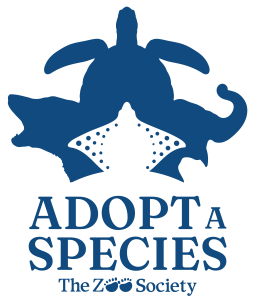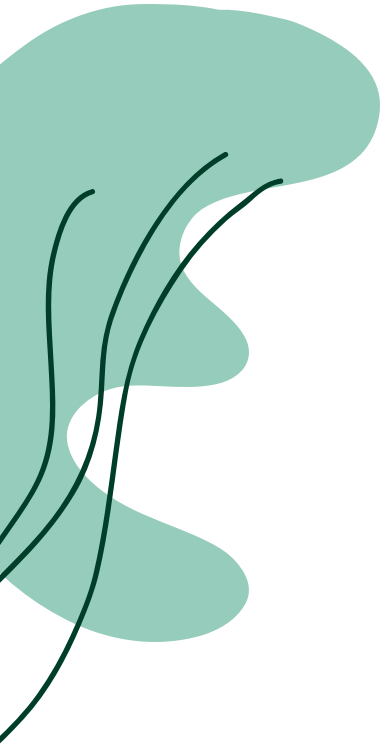
From an elephant or tiger, to a black and white lemur, or even a playful otter, adopting a Zoo animal lets you become an important caretaker for these exotic creatures.
Your adoption contribution helps us feed and care for our animals, providing an enriching environment for them to grow, play and learn while educating our community.
Adopt-a-Species packages are great gift ideas for birthdays, anniversaries, special occasions or any other holidays!
These meaningful and rewarding presents help preserve our wildlife and give back to our community.


5400 N Pearl St.
Tacoma, WA 98407
253-404-3651
society@thezoosociety.org
© Copyright 2023
